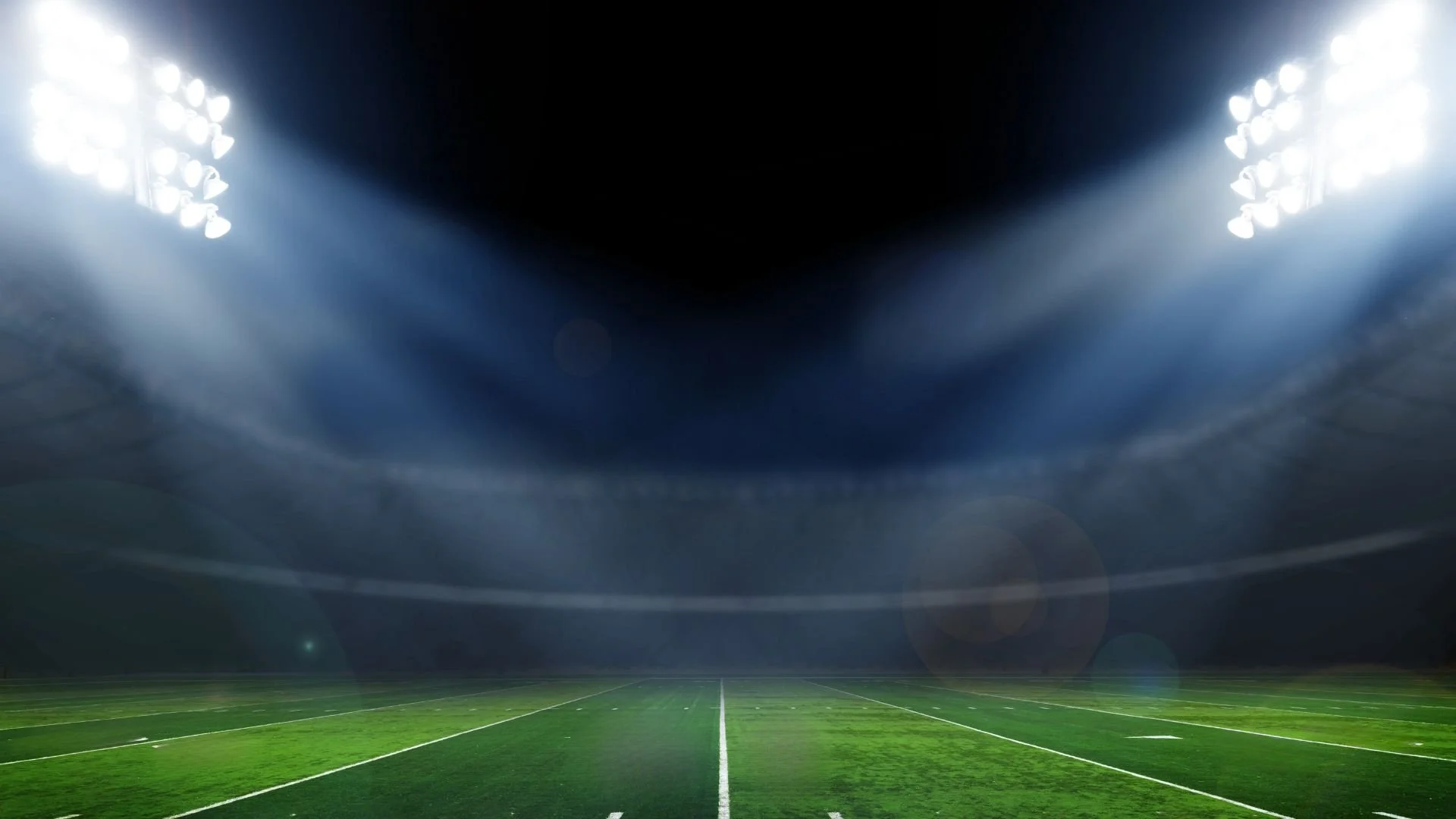
Aircast’s Proprietary Real-Time Transport
Aircast Powers Real-Time Video And Audio Streaming At Massive Scale
Flawless, Synchronized, And Under 300 Milliseconds

THE FASTEST PATH FROM THE CAMERA TO THE FAN
Our proprietary transport protocol moves live audio & video across massive
venues and global networks in ~300 ms safely, smoothly, and at scale.
Our proprietary transport protocol moves live audio & video across massive venues and global networks in ~300 ms safely, smoothly, and at scale.
Source: Sports Latency Comparison Study Phenix (2024)
Skips bulky packaging steps and trims buffers, enabling near instant glass-to-glass delivery.
Seamless playback, ultra-low latency, and no lag.
Legacy OTT
1-min > delay from segmenting and packaging, plus multi-CDN and conservative buffers. Slower delivery, higher latency, and lag.
BROADCAST LOW-LATENCY AUDIO-VISUAL STREAMING PROTOCOL
With the ultra-low-latency feed (~300 ms), Aircast gets viewers the play in the palm of their hand on their very own personal device at the exact moment every other fans in the stadium is seeing it — video and audio together, in sync, no delay
Same moment, Same raw!
BLAST isn’t just another streaming pipeline – it’s a purpose‑built transport protocol specifically engineered to make live content truly feel live. It seamlessly combines sub‑300‑ms latency with proven scalability, exceptional network agility, developer-friendly integration, rock‑solid reliability, and personalized features designed with the fan experience in mind.
BLAST is a low-latency transport protocol engineered for the realities of modern live: noisy RF, congested Wi-Fi, roaming devices, and multi-venue distribution. We optimize the audio/video processing and IP transport by leveraging the unique characteristics of Video and Audio content.
how does it work?
Aircast isn’t just a stand‑alone player, it’s a drop‑in development kit. In 2024 Aircast launched an SDK that lets broadcasters and partners plug BLAST technology directly into their own apps and digital properties. By integrating the SDK, you embed sub‑300 ms streaming, multi‑angle switching and real‑time engagement tools into your existing website, mobile app or in‑venue platform. There’s no need to deploy or download a separate Aircast application. Your fans stay in your branded environment while enjoying the same ultra‑low‑latency experience that powers major sporting events.
-
Contribution feeds (camera ISO, program, comms) come into the AIRCAST nodes.
-
Aircast’s Low-latency framing combined with Forward Error Correction and adaptive pathing reliably deliver streams even over highly variable and unpredictable networks.
-
Uses the Multicast communication protocol on the local network to efficiently distribute data to multiple devices simultaneously, minimizing bandwidth usage and ensuring timely delivery across all connected endpoints.
-
A mechanism specifically designed to detect signs of network congestion and dynamically adjust the streaming bitrate in real-time, ensuring optimal video quality while minimizing interruptions.
-
SDKs offer seamless angle/audio switching with precise A/V sync via configurable client-side buffering. This allows for seamless rewind, pause, and resume functionality, significantly enhancing user control and overall playback experience. This feature ensures smoother video interactions by reducing interruptions and providing greater flexibility during media playback.
With Aircast, live truly means live. Traditional broadcast streams take a long detour — video is encoded, chopped into segments, sent across networks, and buffered by your device. Each step adds seconds of delay. Aircast cuts out those extra processes, delivering video and audio in under 300ms — faster than the blink of an eye. The videos below break down how latency is introduced and why it exists, while the side-by-side comparison shows how Aircast keeps fans perfectly in sync with the action, whether they’re in the stadium or at home.
Why Latency Exists
LEFT VIDEO
Imagine you’re at the game watching in real-time from your seat
MIddle VIDEO
Aircast skips the extra steps that slow down traditional streams. Instead of re-encoding and packaging video into segments, Aircast delivers the feed directly to fans.
RIGHT VIDEO
The standard broadcast lags behind by almost one minute because it has to go through multiple stages before it reaches your screen.






